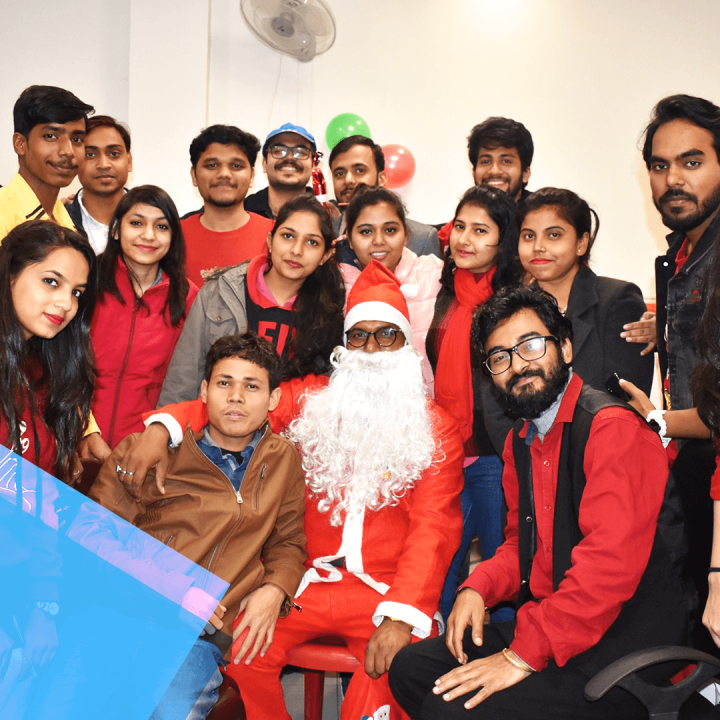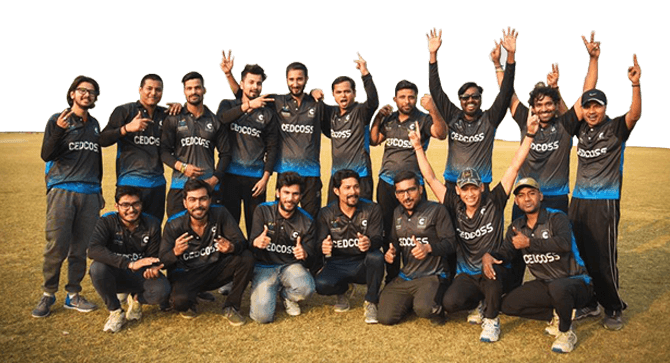Untangling Roles: Product Manager, Project Manager, and Product Owner
In the dynamic landscape of product development, understanding the distinctions between Product Managers, Project Managers, and Product Owners is essential. These roles are pivotal in steering projects and products toward success. This guide provides a comprehensive exploration of each role, shedding light on their unique responsibilities, similarities, and the critical skills required to excel.
Defining the Roles
Product Manager
Product Managers are the visionary architects of a product’s strategy, overseeing its entire lifecycle. Their responsibilities include shaping the product’s vision, identifying market opportunities, defining features, and driving innovation. They collaborate closely with cross-functional teams to ensure alignment with strategic goals and deliver value to customers.
Key Responsibilities of Product Manager:
- Shaping Product Vision: Product Managers define the long-term vision and strategy for the product, ensuring it aligns with the company’s overall goals. This involves setting clear objectives and mapping out a strategic path to achieve them.
- Market Analysis: Conducting thorough market research to identify opportunities and understand customer needs. This includes competitive analysis, customer interviews, and trend analysis to stay ahead of market changes.
- Feature Definition: Prioritizing and defining features that will deliver the most value to customers. This requires balancing customer demands with technical feasibility and business objectives.
- Collaboration: Working with teams across design, engineering, marketing, and sales to bring the product to life. Effective collaboration ensures that all teams are aligned and working towards a common goal.
- Product Lifecycle Management: Overseeing the product from ideation through development, launch, and beyond. This involves managing each stage of the product lifecycle to ensure continuous improvement and adaptation to market needs.
Critical Skills for Product Manager:
- Strategic Thinking: Ability to see the big picture and set long-term goals.
- Market Insight: Deep understanding of market trends and customer needs.
- Communication: Excellent verbal and written communication skills to convey the product vision.
- Leadership: Inspiring and motivating teams to achieve product goals.
- Analytical Skills: Ability to interpret data and make informed decisions.
- Creativity: Innovating solutions to meet customer needs and market demands.


Project Manager
Project Managers are the master orchestrators of project execution. They meticulously plan project timelines, allocate resources, and manage risks to ensure successful project completion within defined constraints. Their expertise in communication and stakeholder management ensures alignment with project objectives and drives teams toward successful outcomes.
Also Read: How to become a successful Product Manager
Key Responsibilities of Project Manager
- Project Planning: Developing detailed project plans, including scope, timelines, and resource allocation. This involves breaking down the project into manageable tasks and setting realistic deadlines.
- Risk Management: Identifying potential risks and creating mitigation strategies. Effective risk management ensures that potential issues are addressed before they become major problems.
- Resource Management: Allocating and managing resources effectively to ensure project goals are met. This includes managing budgets, personnel, and materials.
- Stakeholder Communication: Keeping all stakeholders informed and aligned throughout the project lifecycle. Regular updates and transparent communication are key to maintaining stakeholder trust.
- Monitoring and Control: Tracking project progress and making adjustments as needed to stay on course. This involves regular status meetings, progress reports, and performance metrics.
Critical Skills of Project Manager
- Organizational Skills: Ability to manage multiple tasks and keep projects on track.
- Time Management: Ensuring projects are completed on schedule.
- Budget Management: Controlling costs and optimizing resource use.
- Communication: Clear and effective communication with team members and stakeholders.
- Problem-Solving: Addressing issues quickly and effectively.
- Leadership: Leading and motivating teams to achieve project goals.
Product Owner
Product Owners act as the bridge between strategic vision and tactical execution within agile development environments. They work closely with Product Managers to translate high-level product vision into actionable tasks and user stories. Collaborating with development teams, they provide clarity, guidance, and feedback throughout the iterative development process, focusing on delivering value to customers.
Key Responsibilities:
- Backlog Management: Creating, prioritizing, and managing the product backlog. This involves ensuring that the development team always has a clear set of tasks aligned with the product strategy.
- User Story Definition: Writing clear and actionable user stories that reflect customer needs and business goals. This requires understanding customer problems and translating them into technical requirements.
- Sprint Planning: Collaborating with the development team to plan sprints and set goals. Effective sprint planning ensures that the team can deliver incremental value consistently.
- Stakeholder Communication: Ensuring stakeholders are kept up-to-date with progress and changes. This involves regular demos, updates, and feedback sessions.
- Continuous Feedback: Gathering and incorporating feedback from users and stakeholders to improve the product. This iterative process ensures that the product evolves to meet user needs.
Critical Skills
- Agile Methodologies: Proficiency in Scrum, Kanban, or other agile frameworks.
- Communication: Clear and concise communication with development teams and stakeholders.
- Collaboration: Working closely with Product Managers and development teams.
- Customer Focus: Keeping the user’s needs at the forefront of all decisions.
- Prioritization: Managing the backlog and prioritizing tasks effectively.
- Technical Understanding: Basic understanding of technical concepts to engage with development teams meaningfully.
Understanding the Differences: Product Manager vs. Project Manager
Similarities
- Collaborative Roles: Both Product Managers and Project Managers must work closely with cross-functional teams to achieve their objectives.
- Effective Communication: Clear and consistent communication with stakeholders is crucial in both roles to ensure alignment and drive success.
- Stakeholder Management: Both roles require managing expectations and fostering strong relationships with stakeholders.
Differences
Focus
- Product Manager: Focuses on strategic planning and defining the product vision. They are responsible for understanding the market, identifying opportunities, and ensuring the product meets customer needs and business goals.
- Project Manager: Focuses on tactical execution, ensuring that the project is completed on time, within budget, and to the specified quality. They manage tasks, schedules, and resources to bring the project to fruition.
Deliverables
- Product Manager: Their primary deliverable is a successful product that meets customer needs, drives business growth, and aligns with strategic objectives.
- Project Manager: Their primary deliverable is the completion of projects within defined constraints of time, budget, and scope, delivering tangible outcomes or solutions.
Illustrative Examples
Developing a Mobile Banking Application
Product Manager’s Role:
- Market Research: Conducts extensive research to understand user needs and market gaps.
- Feature Definition: Identifies key features such as mobile check deposit, balance alerts, and secure login.
- Strategic Alignment: Ensures features align with the bank’s strategic goals and regulatory requirements.
Project Manager’s Role:
- Project Plan: Develops a detailed project plan outlining phases of development.
- Resource Allocation: Assigns tasks to developers, designers, and testers.
- Risk Management: Identifies potential delays due to regulatory approvals and plans contingencies.
Product Manager vs. Product Owner: Additional Insights
While Product Managers and Product Owners share similarities in their strategic focus and customer-centric approach, they serve distinct functions within the product development lifecycle.
Complementary Roles
Product Managers: Focus on long-term product strategy, market positioning, and driving business growth. They maintain a broader perspective, ensuring that the product aligns with the overall business strategy.
Product Owners: Operate within agile frameworks, focusing on tactical execution and ensuring that development teams deliver high-value features iteratively. They are more hands-on with day-to-day team activities, translating the product vision into actionable tasks.
Agile Frameworks
Product Owners work closely with development teams in agile environments, facilitating iterative development and prioritizing features based on customer feedback and business value. Their role is more hands-on with day-to-day team activities, while Product Managers maintain a broader, strategic perspective.
Real-World Scenarios
In smaller organizations or startups, individuals may perform both roles simultaneously due to resource constraints. However, in larger organizations, having separate roles allows for greater specialization, collaboration, and alignment between strategic vision and tactical execution.
Example: A SaaS Startup
- Product Manager: Defines the overall product strategy, identifying market needs and long-term goals.
- Product Owner: Works with the development team on a day-to-day basis, ensuring that each sprint delivers features that align with the product vision.
Conclusion
Understanding the nuances and distinctions between Product Managers, Project Managers, and Product Owners is crucial for navigating the complexities of product development successfully. Each role brings unique perspectives, skills, and contributions to the table, driving innovation, delivering value, and ensuring project and product success. By recognizing the differences and similarities between these roles, professionals can chart their career paths effectively, contribute meaningfully to their organizations, and drive positive outcomes for customers and stakeholders alike.







